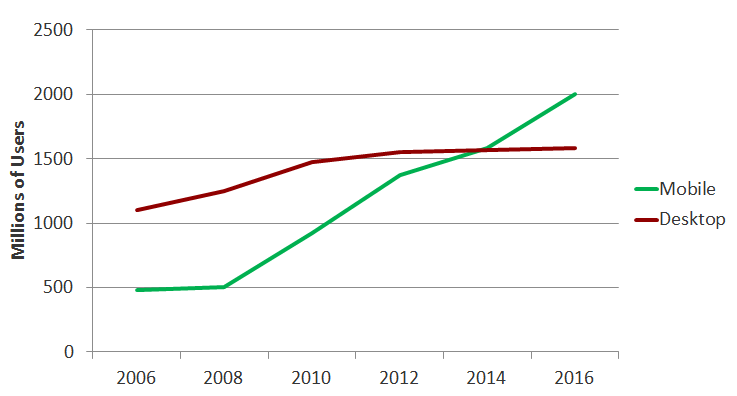Last Sunday night on a late plane ride back to New York I finished reading Malcolm Gladwell’s new book, David and Goliath. It’s not his best work, but it's still thought provoking and worth the time.

The cliff notes version of the book is that it turns out that David wasn't such an underdog after all. He was actually at a huge advantage in his battle with Goliath because he was able to change the rules of the game. Lots of underdogs win by changing the rules of the game so that they become the favorite. To prove his point, Gladwell discusses the civil rights movement, World War II, middle school basketball and many other examples. It's an interesting concept and a pretty good read.
Anyway, as part of his argument, he spends a lot of time talking about the difference between linear curves and U-curves. He argues that there are some things that correlate and may seem like they should sit on a linear curve, but in reality they sit on a U-curve.
Perhaps the most interesting and classic example that Gladwell uses is the correlation between class size and test scores. You might think that the class size/test score graph would be linear -- as class size increases (the X-axis), test scores go down (the Y-axis). That's the conventional thinking.
But it turns out that's not true. The reality is that when class size gets really small, studies have shown that test scores actually begin to decrease again. When there isn’t a range of opinions and when the teacher is too focused on one student, the quality of education goes down. Students benefit from the energy and discussion that comes with having lots of other students in the class. So the correlation between test scores and class size really looks more like a U-curve. Test scores are optimal when the class is around 25 students. Too big is bad and too small is bad.

This is also true of crime and punishment. Many believe that as the severity of punishment increases, the amount of crime goes down. But studies have found that there’s a U-curve effect here as well. As punishment becomes more and more severe for smaller crimes, citizens begin to believe that the system isn't fair. That it’s us against them. And they commit more crimes as a result. So you obviously don't want punishment to be too lenient, but you also don't want it to be too strict. Like a lot of things, eliminating crime isn't simple. It isn't linear.
The corollary back to the story of David and Goliath is that you can't improve education simply by adding more teachers and reducing class size and you can't reduce crime by simply making punishment more severe. With complex problems, brute force doesn't always win.
With the U-curve in mind, I've been thinking a bit about price increases and how they impact client relationships. Traditionally, companies like to have modest annual price increases of, say, 2% to 5% per year. Companies like these small increases because they reduce the risk of putting a large strain on their client relationships or losing clients all together. And generally, due to inflation and other factors, clients usually find these increases acceptable.
But as you begin to raise the annual price increase more and more you'll generally see clients resist more and more; 2% is acceptable,15% is not. Like the examples above, on the surface, it seems that the correlation between price increases and client resistance should be graphed on a linear curve. As the price goes up (the Y-axis), so does resistance from clients (the X-axis). Keep your price increases low and your clients will be happy.
But I don't think this is true either. As price increases, client resistance certainly increases, but only to a certain degree. At some point, say 10% and up, in order for the increase to make sense there has to be a substantial and fundamental product change. A 20% increase isn't caused by inflation, increased labor costs, or a greedy salesperson. The increase is happening because there's a substantial change in the product and the product's value. As a result, clients should be much more accepting of this change and client resistance will start to go back down -- creating a U-curve. If the increase is sold and communicated properly, clients will begin to recognize that they're buying a much different product, or at least a much more valuable one. They'll understand that the rules have changed. In fact, I'd argue that at some point most clients would welcome these large but less frequent increases more than they would the small, annoying increases that don't show a corresponding increase in product value.
Increasing price is a requirement of any sustainable long term B2B relationship. And like most things, it's not simple. It's not linear. So when considering a strategic approach to pricing, companies should consider the U-curve and not rely on small, inflation-based annual increases that barely impact revenue. They should cancel those increases. That energy is better spent finding ways to change the rules -- to completely rethink product function, value and positioning. To make a splash. To delight rather than satisfy.
In short, the lesson of the U-curve is actually pretty simple. Don't avoid client resistance by keeping price increases small, modest and frequent; get clients behind them by making them big, bold and rare.



